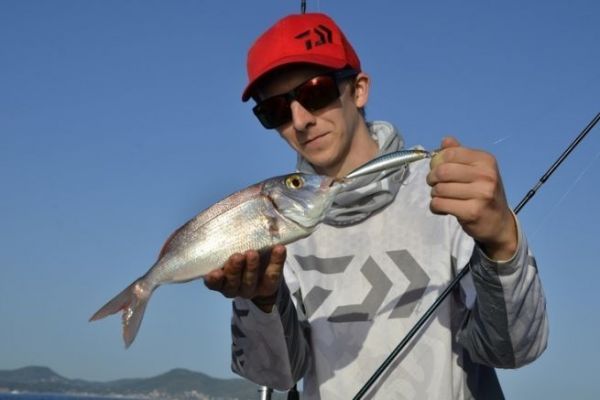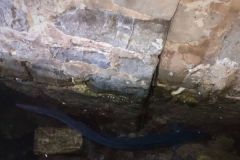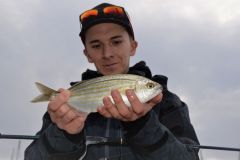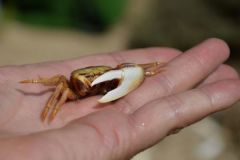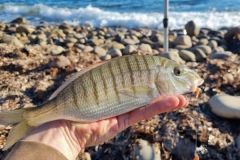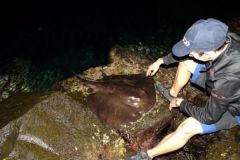Introducing the common pageot
The scientific name for the common pigeon is Pagellus erythrinus. A species found in the Mediterranean, Northeast Atlantic and Black Sea. It may also be called pageau, pagel or rousseau. The common pigeon may be confused with the acarnate pageot pagellus acarne. The latter has a black spot behind the operculum and a bevelled snout.
The common paddlefish is a sparid with a single dorsal fin and an oval-shaped body. Its head profile is relatively straight compared with the acarnate pageot, and its snout is pointed. Its coat is a silvery pink with blue tints. The head and upper back are more pronounced. At the base of the pectoral fins, there is a fairly pronounced reddish spot. Its size is usually between 15 and 30 cm, but can exceed 45 cm.
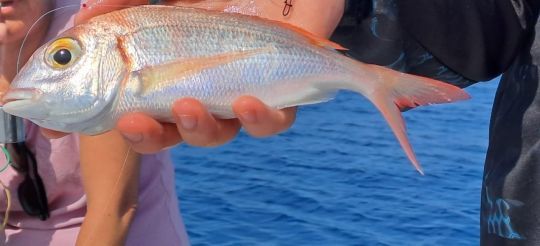
Habitats and behavior
The common pageot is an omnivorous species, feeding mainly on worms, small crustaceans and other invertebrates. It may also feed on small fish. Its jaw has pointed front teeth and two or three rows of molars.
The common paddlefish is a rather gregarious species that can form small shoals. It is a semi-pelagic fish that tends to live close to the bottom. It can be found in a variety of biotopes (sand, gravel, rocks or even mud). The common pikeminnow lives most of the time at depths ranging from 5 meters to over 250 meters, depending on the season. It frequents deeper bottoms in winter when the water is cold.
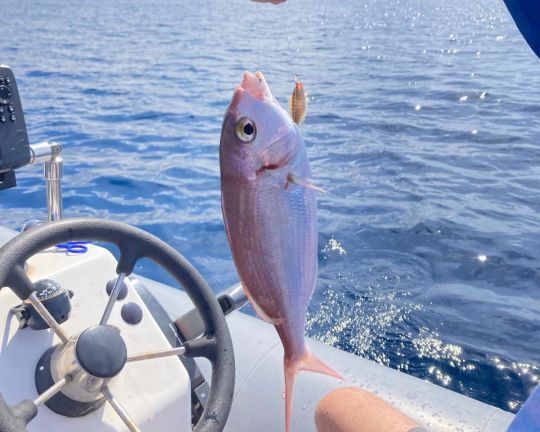
Fishing for common pigeon
The common paddlefish is a species most often encountered when fishing from a boat or kayak. It is a fish that is most often sought after when fishing with a longline or support. It can also be fished with baits and specific bait rigs fishing to support . Worms, pieces of shrimp or shellfish, strips of cuttlefish or squid can all be used to catch this opportunistic fish. The common pikeminnow can also be fished with lures, either small diving hard lures or small soft lures handled close to the bottom.
It should be noted that in the Mediterranean there is a legal catch size of 18 cm, and that it is still possible to catch juveniles from the shore.

 /
/ 